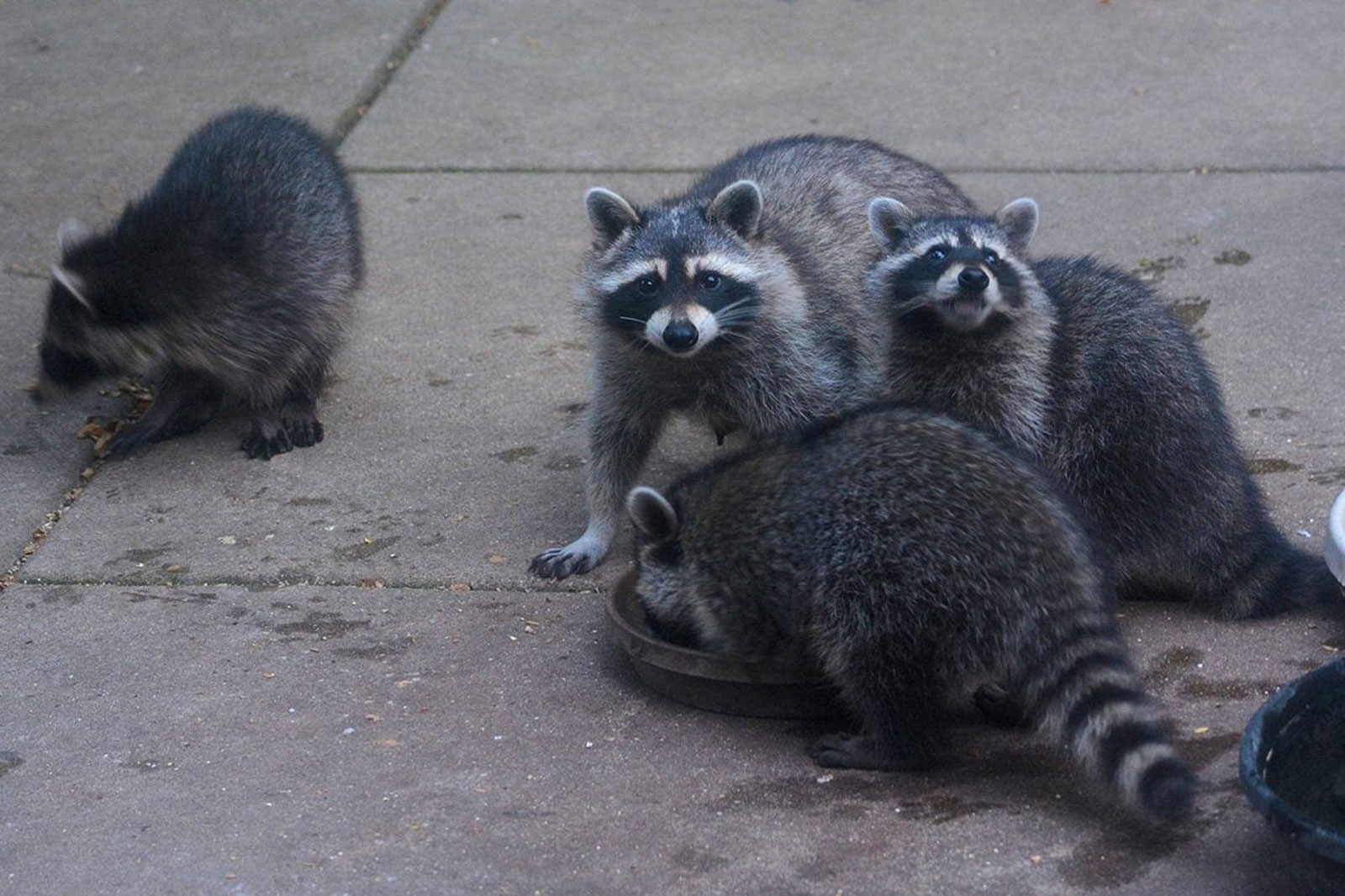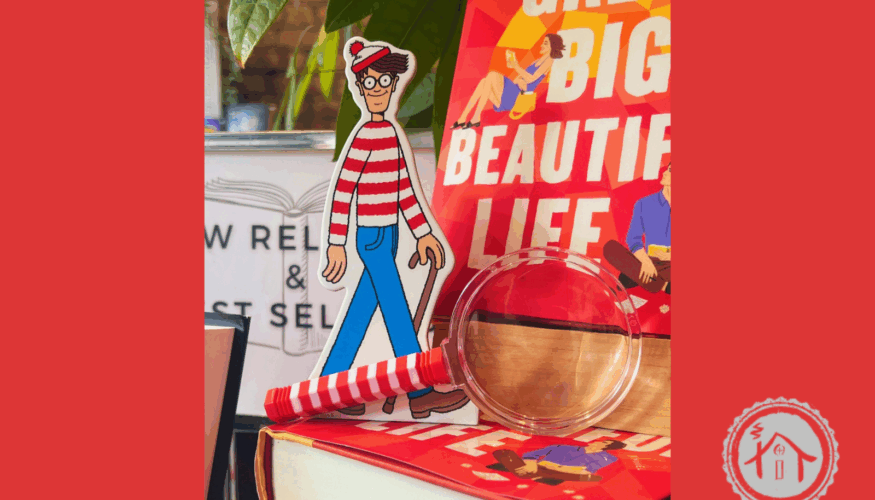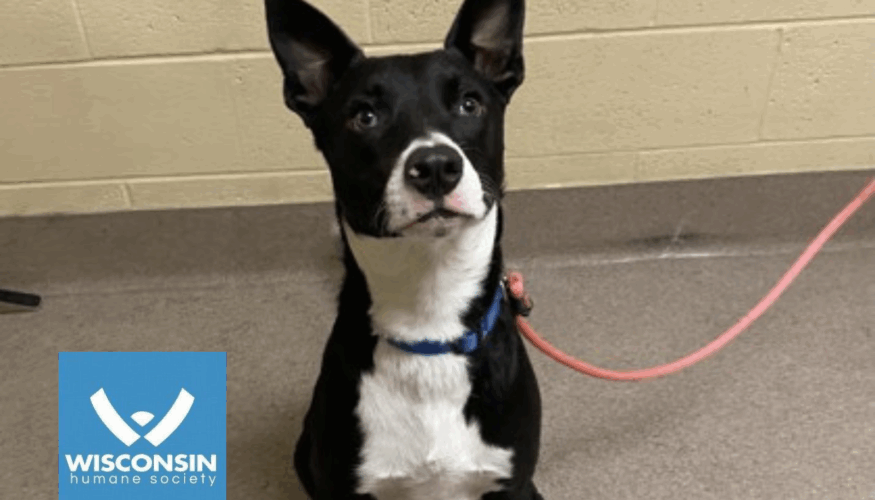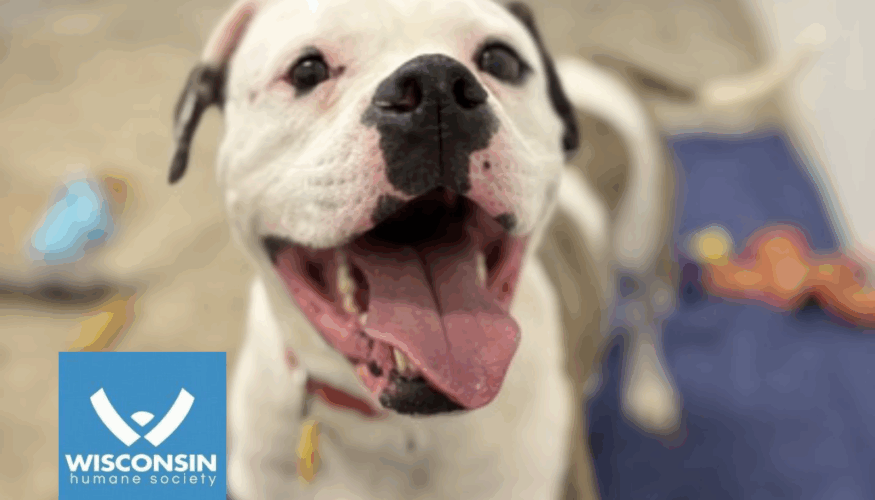Hello, everyone. Welcome back to another edition of “Capturing Kenosha.” With the weather gradually changing to spring, I was diligently trying to come up with a topic for this column.
My inspiration came while laying in bed in the middle of the night. It came with a sound that I recognized from warm summer evenings sleeping with the window slightly cracked so I could hear the ambient sounds of after dark in Kenosha.

PHOTO: JOHN PROBERT
The sound took me back to when I was a young boy. Suddenly, it was 1969 and I was in my family’s living room where I lay on my stomach next to my brother, both of us with our chins supported on our hands in front of our new color Zenith television set. I remember that our television was one of the first color sets because our family had a tradition of gathering on Sunday nights to watch two specific prime-time television shows: The Mutual of Omaha’s “Wild Kingdom” and “Walt Disney’s Wonderful World of Color.”
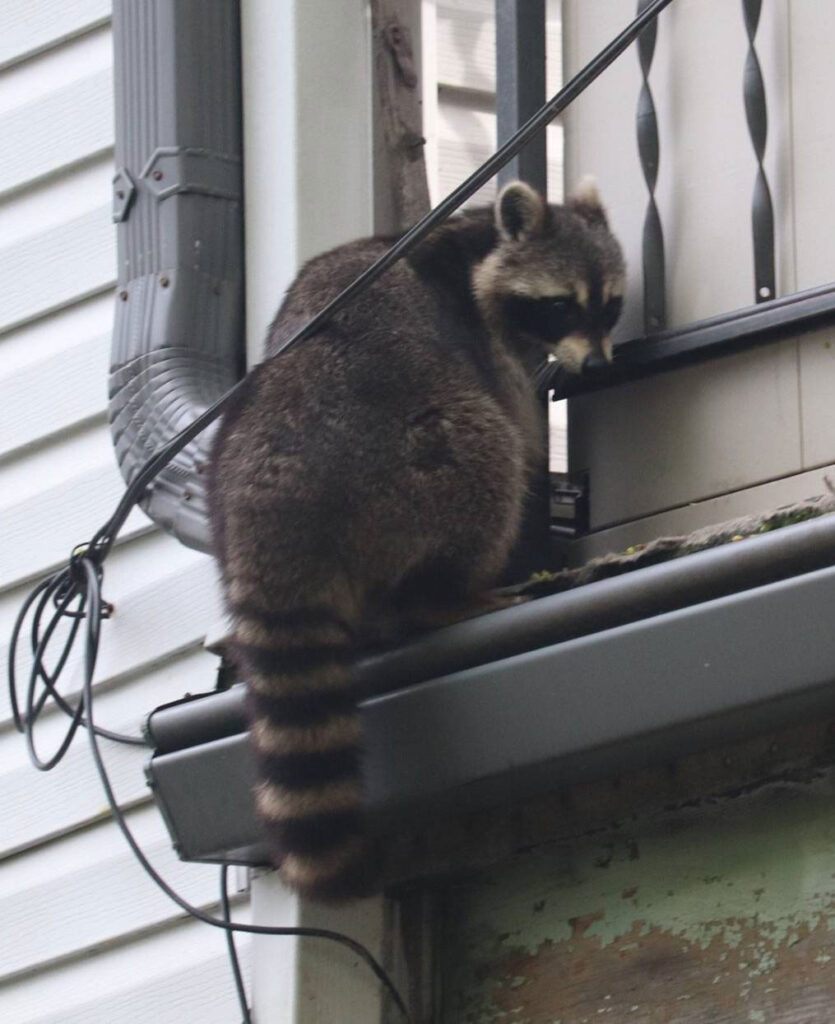
PHOTO: MARY ANN KRYSTOWIAK 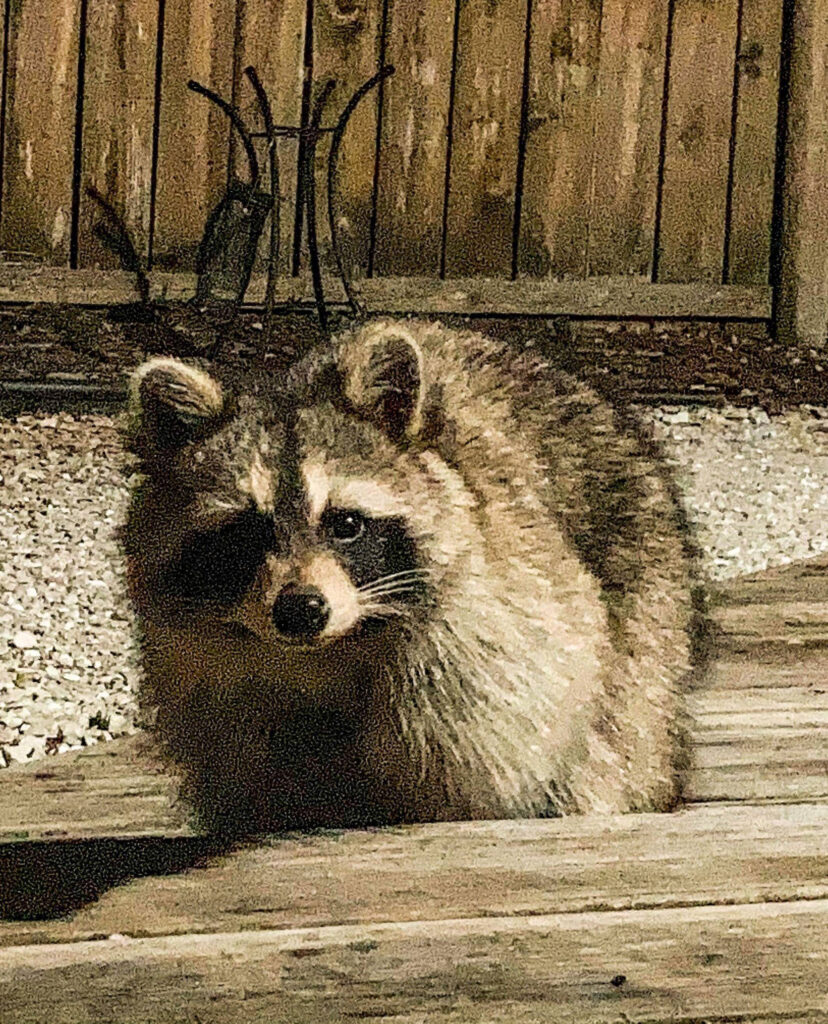
PHOTO: ALEX WIEZBICKI
PHOTOS: MARY ANN KRYSTOWIAK and ALEX WIEZBICKI
In my memory, “Wild Kingdom” was just finishing with Marlin Perkins having helped a US Forest Service agent tag a sleeping black bear with cubs in the snowy backcountry. We were excited this particular evening because Walt Disney was airing “Rascal” — the story of a boy and his rescued pet raccoon, an animal whose talent for causing loads of mischief was equaled only by his power to trigger tons of laughter. It was a Disney movie that would be forever ingrained in my memory and one that I would imagine myself as the boy with the pet raccoon.
The reason my memories were ignited?
The sound I was hearing was the familiar sound of some mischievous, fat, trash-can-raiding raccoons scaling our cedar fence to check out my neighbor’s trash can for chicken bones or remnants of leftover pizza crust. It was a familiar sound because my neighbors have a large family and their trash can is frequently full by the time trash day arrives.
As a result, the lid is usually popped open slightly and the raccoons have come to realize that they have pretty good stuff to eat by the end of the week. With the weather changing, Kenosha is going to start seeing more and more critters emerging from the sewers and wood lots looking for the source of the smells they are now beginning to smell thanks to warmer temperatures.
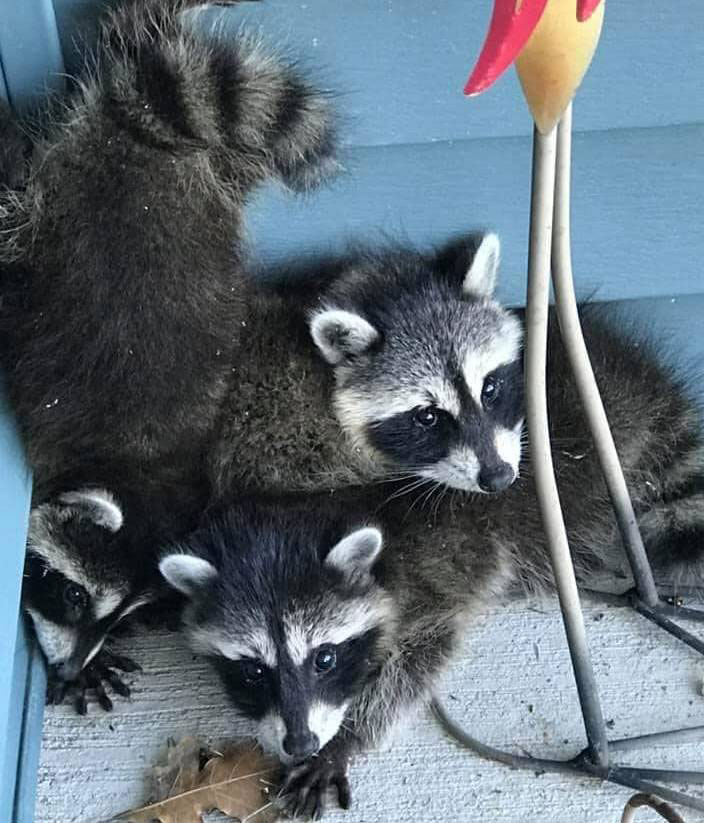
PHOTO: LISA KAY CLEMMERSON 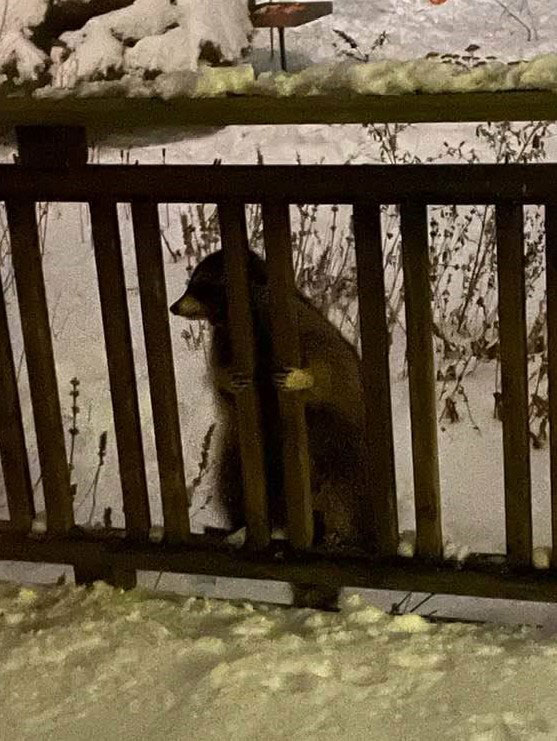
PHOTO: ROBERT FRANKLIN
PHOTOS: LISA KAY CLEMMERSON and ROBERT FRANKLIN
Critter encounters are bound to happen once the warmer weather starts in Kenosha.
The important thing to remember is that no matter how cute an animal may appear, they are still wild animals and should never be handled. Many times, urban wildlife have become accustomed to the presence of humans and some may appear to be almost tame. Even though these critters bring a sense of wonder and thrill to our lives, it’s best to leave them alone.
Sometimes confrontations can’t be avoided, though, and they may get a little too “up close and personal.” It is these encounters in which they can become a nuisance, possibly damaging our property by chewing or pecking on the wood siding of our houses, nibbling our garden produce, digging up our flower bulbs or turning over our garbage cans or backyard grills. Many wildlife species that thrive in urban and suburban areas are an important part of urban ecosystems, but can become a nuisance when in close proximity to humans.
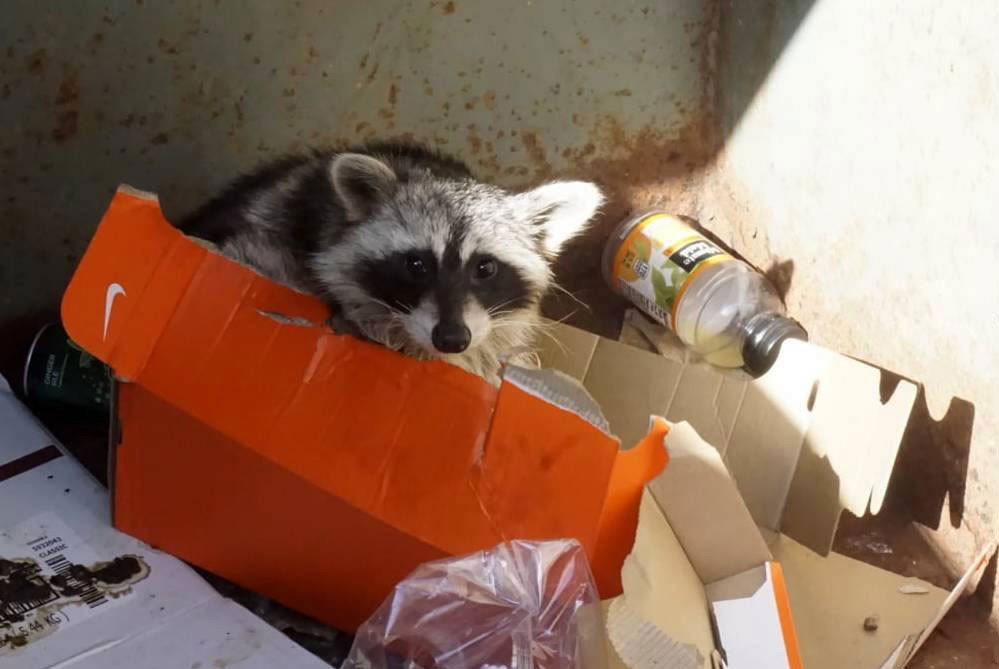
PHOTO: MANDY SCHEUER
Here in Kenosha, there are three critters you’re most likely to meet. They are the raccoons, opossums and skunks that I constantly see during my early-morning rounds. Here’s a bit of information about them that I found on the Wisconsin DNR website.
Raccoons are common and well-known animals in Wisconsin. They have distinctive black masks and ringed tails that are easily recognizable. They can live almost anywhere and will eat almost anything. As such, they do very well in urban areas where they have access to human-supplied sources of food. Raccoons carry many diseases that can affect human and/or pet health. There are a variety of ways to control nuisance raccoons.
Nuisance management techniques:
- Remove potential food sources such as open garbage cans and pet food bowls.
- Hang bird feeders where raccoons can’t access them and clean up the spilled birdseed.
- Keep buildings raccoon-proof by securing access to holes and broken windows. Keep chimneys closed with appropriate materials (hardware cloth, commercial cap, etc.).
- Repel raccoons from your garden by installing a single wire electric fence set at 6 inches or a double wire electric fence set at 5 and 12 inches.
- Trim trees so they don’t overhang your roof, prune overgrown bushes and remove or elevate woodpiles.
- Landowners are not required to have a hunting or trapping license to trap raccoons on their own property.
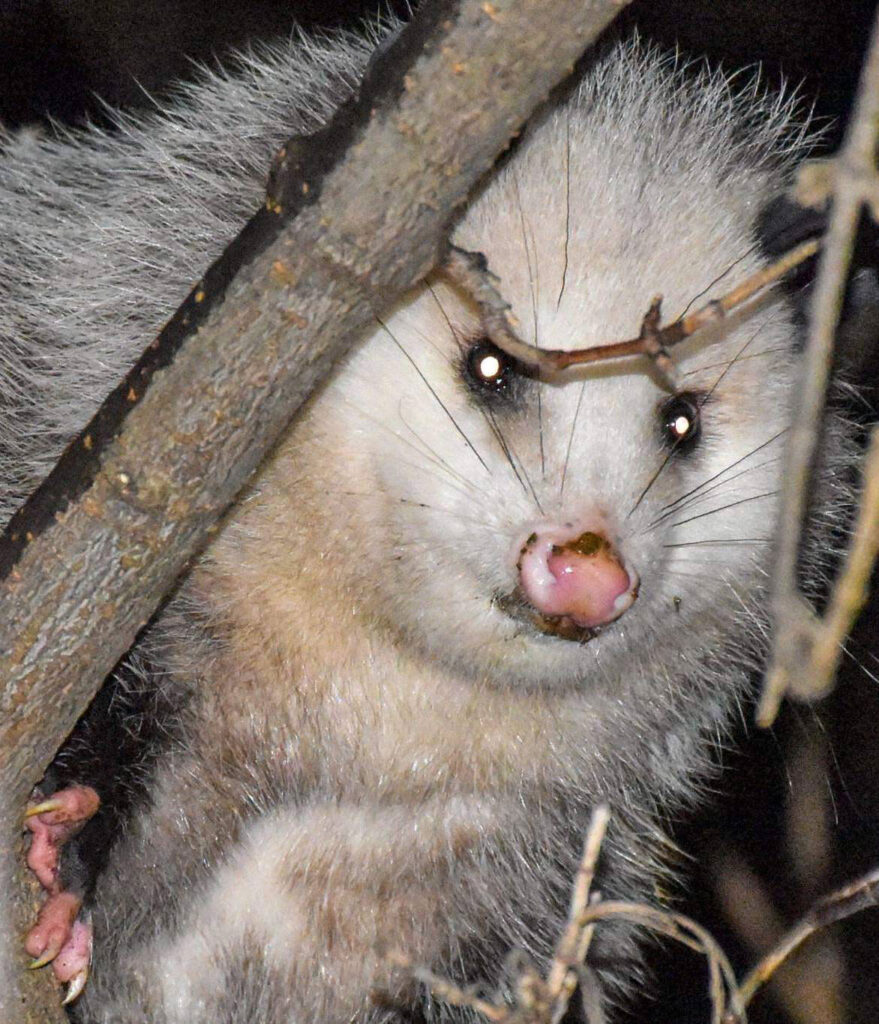
PHOTO: ALEX WIEZBICKI
The opossum is the only marsupial in Wisconsin. Opossums are nature’s garbage disposal, eating fallen fruit before it rots, as well as eating crickets, beetles, mice, and other household pests. Opossums do not dig up yards but will eat from your garden, compost, or garbage and may raid a chicken coop given the opportunity. Opossums are relatively slow-moving animals and rarely attack unless cornered. There are many ways to deter nuisance opossums.
Nuisance management techniques:
- Remove potential food sources such as open garbage cans and pet food bowls.
- Spray lawn and garden with insecticide to reduce the number of available prey.
- Exclude opossums from buildings on your property by securing holes and other openings.
- Remove potential shelters such as rock piles or woodpiles.
- Use bright spotlights in areas frequented by opossums.
- If opossums take up residence under your porch or shed, play a radio continuously to encourage them to leave.
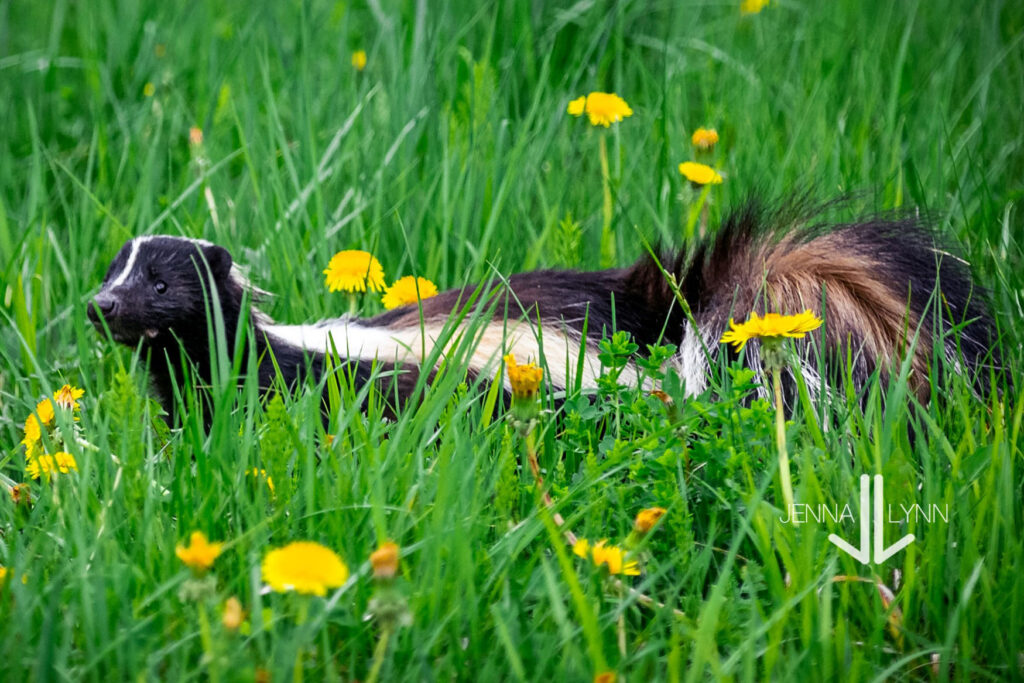
PHOTO: JENA LINDQUIST
Skunks are excellent at controlling pest species and are an important part of our ecosystem. However, many people are wary of skunks because of their ability to spray a noxious scent. Skunks usually provide several warning signs before they spray, and being calm and quiet around them will help reduce spraying as they won’t feel threatened. Skunks will also dig holes in gardens and lawns for grubs, worms, and other prey. There are a variety of ways to control nuisance skunks.
Nuisance management techniques:
- Remove potential food sources such as open garbage cans and pet food bowls.
- Spraying your lawn and garden with an insecticide will reduce the number of natural prey items available to a skunk, and may deter them from visiting the area.
- Skunk repellent can be placed within a building to repel skunks.
- Exclude skunks from buildings on your property by securing holes and other openings. Remove potential habitats such as rock or woodpiles.
- Scare tactics through the use of lights and noises can be used to deter a skunk from using an area. However, over time skunks may become used to a certain kind of harassment and another option should be considered.
- If a skunk takes up residence under your porch or shed, leaving a radio playing continuously may encourage the animal to leave.
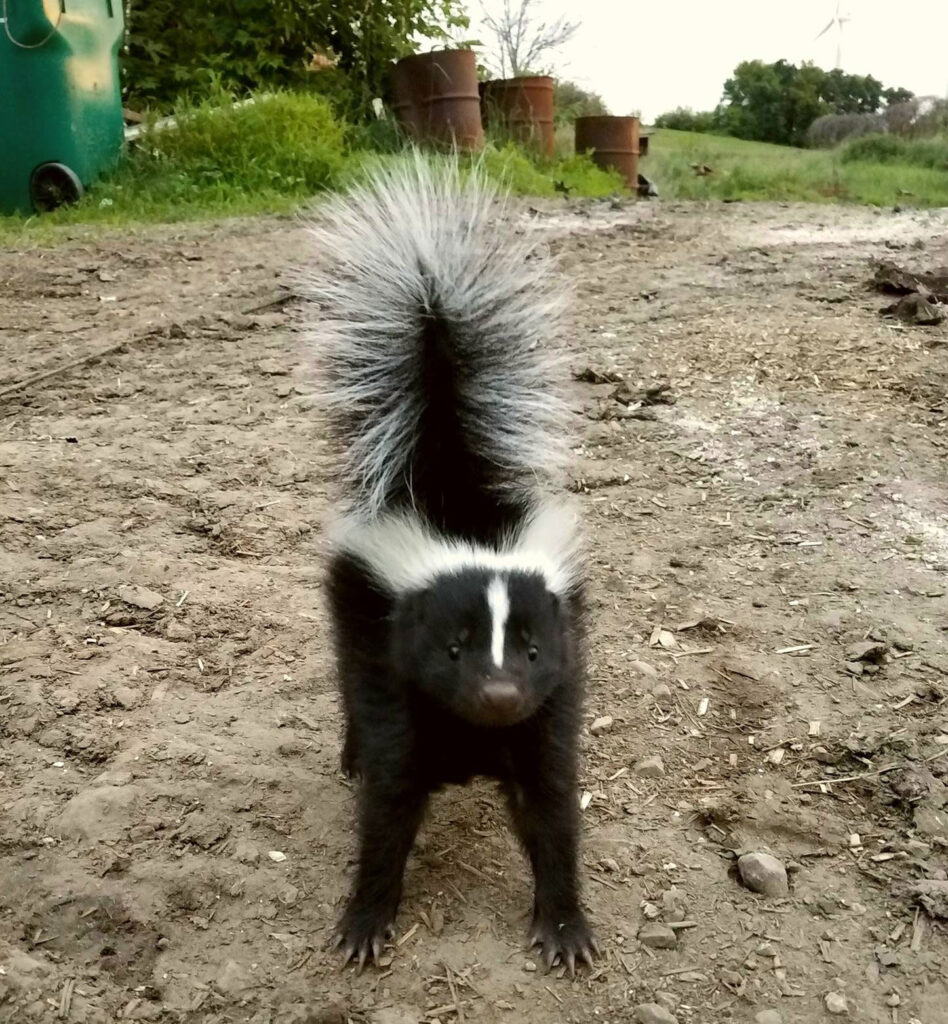
PHOTO: JERRY WIDEEN
The Wisconsin DNR has guides on how to deal with nuisance critters available on their website HERE if you need help dealing with a specific type of critter. Other options may be your local community service officers that are associated with your local police departments. The Kenosha Police non-emergency number is (262) 656-1234 and the Pleasant Prairie non-emergency number is (262) 694-7105. There are also several local animal control companies listed when you Google “Animal Control Companies Kenosha.”
Isn’t it funny how some random occurrence can trigger memories that can lead to an article that deals with Kenosha’s wildlife? It’s inevitable, though, that as urban sprawl grows we are bound to have more and more encounters with wild animals. Please, just remember to observe them from a distance and never try to handle them.
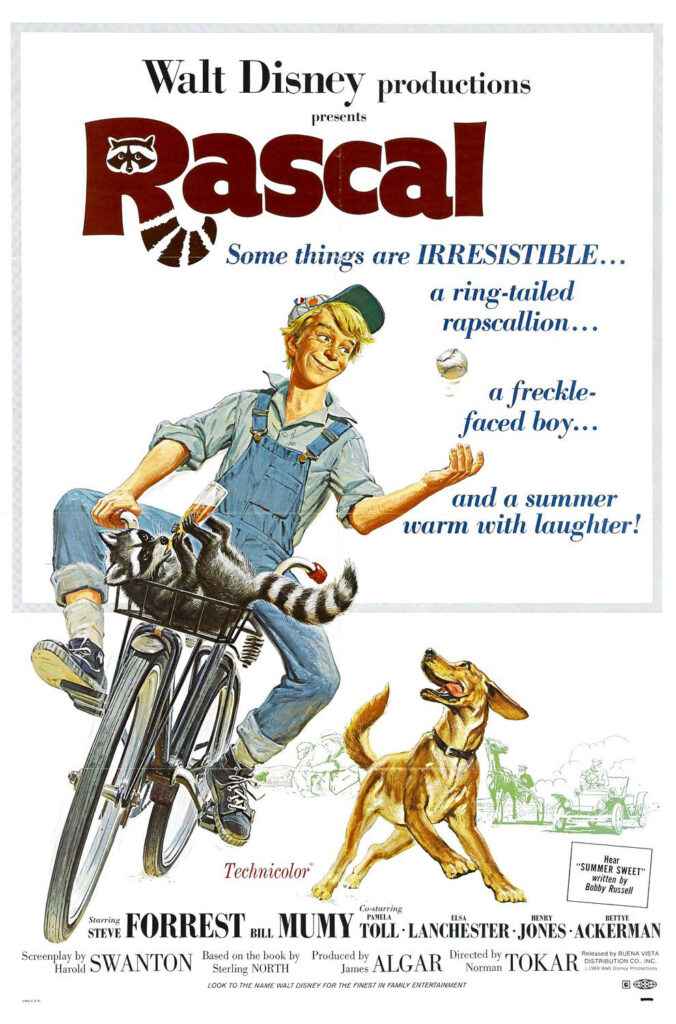
Even in the Disney movie “Rascal,” the young boy realizes that wild animals should remain wild animals and that human interactions can only lead to unwanted trouble.
An interesting fact about the movie: The story is based on the book “Rascal” by Sterling North who was from Edgerton, a small town not too far from Kenosha in Rock County. I took a day trip there once to visit North’s boyhood home where they say he raised a pet raccoon one summer only to realize those wild animals should remain wild. The house has been restored to its 1917 appearance and made into a museum. A bronze sign in front of the home marks North’s significance in the history of this southern Wisconsin community, which was dedicated in October 1984 by the friends of Sterling North. It’s obscure, but worth the trip if you’re interested in a day trip from Kenosha and you’re looking for something different to do.
That’s it for this week’s edition of “Capturing Kenosha.” Many thanks to the contributing photographers whose photographs were used to put this article together. You will see their names indicated with their photos above. Thanks again for continuing to read my column posts and we hope to see you again here next time for another edition of Capturing Kenosha!
Disney’s Rascal Trailer: https://video.disney.com/watch/rascal-trailer-4beb1128da6c8eebeae6b329
The full movie can be rented on YouTube, just search “Disney Rascal” on the Youtube site.

